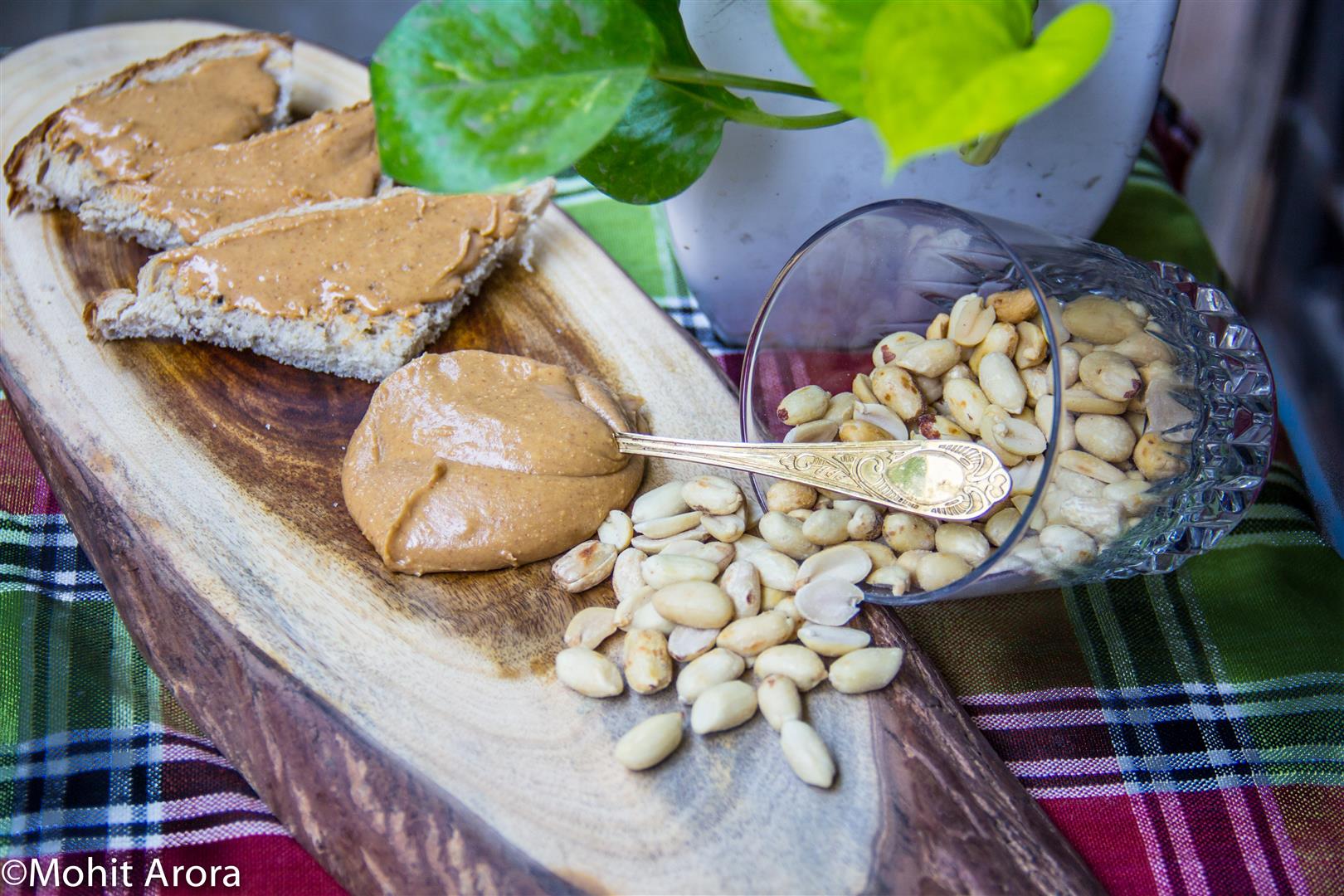
Introduction 🚀
When it comes to supporting weight loss and maintaining a healthy lifestyle, incorporating nutrient-dense foods into your diet is key. Oatmeal and peanut butter are two versatile and nutritious ingredients that, when combined, can provide a powerhouse of benefits for your weight loss journey. In this comprehensive blog post, we will delve deeper into the numerous advantages of incorporating oatmeal and peanut butter into your diet, explore their individual nutritional profiles, discuss their impact on satiety and energy levels, highlight their role in nutrient balance, and provide practical tips on how to maximize their weight loss potential.
The Benefits of Oatmeal 🌾
- Rich in Fiber: Oatmeal is a fiber-rich grain, primarily known for its soluble fiber content, which forms a gel-like substance in the digestive tract. This soluble fiber helps slow down digestion, promotes feelings of fullness, and supports healthy bowel movements. By increasing satiety and aiding in digestion, oatmeal can be a valuable addition to your weight loss journey.
- Complex Carbohydrates: Oatmeal is an excellent source of complex carbohydrates, providing a sustained release of energy. The slow digestion of these complex carbs prevents blood sugar spikes, helping to regulate appetite and maintain steady energy levels throughout the day. Stable energy levels can prevent cravings and provide the necessary fuel for physical activity.
- Nutrient-Dense: Oatmeal is packed with essential vitamins and minerals, including manganese, phosphorus, magnesium, and B-vitamins. These nutrients support energy metabolism, contribute to a healthy nervous system, and play crucial roles in overall health and well-being.
The Benefits of Peanut Butter 🥜
- Healthy Fats: Peanut butter is a great source of healthy fats, particularly monounsaturated fats, which have been associated with heart health and improved satiety. The combination of healthy fats and protein in peanut butter can help you feel fuller for longer, reducing the likelihood of overeating or snacking on unhealthy foods.
- Protein Powerhouse: Peanut butter contains a significant amount of plant-based protein, making it a valuable addition to a weight loss diet. Protein helps promote feelings of fullness, supports muscle recovery and growth, and has a higher thermic effect, meaning your body burns more calories during digestion.
- Vitamin and Mineral Content: Peanut butter contains important vitamins and minerals such as vitamin E, magnesium, and potassium. Vitamin E is a potent antioxidant that helps protect cells from damage. Magnesium is involved in numerous enzymatic reactions in the body, contributing to energy production and metabolism. Potassium is essential for maintaining fluid balance and heart health.
Combining Oatmeal and Peanut Butter for Weight Loss Success 🥗💡
- Peanut Butter Banana Oatmeal: Start by cooking your oatmeal according to package instructions. Once cooked, stir in a tablespoon of peanut butter until it melts and combines with the oatmeal. Top it off with sliced bananas for added natural sweetness and a boost of potassium. This combination provides a balance of complex carbohydrates, healthy fats, protein, and essential nutrients to keep you satisfied and energized.
- Overnight Oats with Peanut Butter: Combine rolled oats, your choice of milk (dairy or plant-based), a tablespoon of peanut butter, and a sweetener like honey or maple syrup in a jar. Mix well, seal the jar, and refrigerate overnight. In the morning, give it a stir and enjoy creamy and ready-to-eat overnight oats that offer a delightful blend of flavors and textures.
- Peanut Butter Energy Bites with Oatmeal: In a mixing bowl, combine rolled oats, peanut butter, a touch of honey or agave syrup, and additional ingredients like chia seeds, flaxseeds, or dark chocolate chips. Form the mixture into bite-sized energy balls and refrigerate for a convenient and protein-packed snack. These energy bites provide a balanced combination of carbohydrates, healthy fats, and protein, keeping you satisfied between meals and supporting your weight loss efforts.
Conclusion 🏁
Incorporating oatmeal and peanut butter into your weight loss journey can provide a multitude of benefits. Oatmeal’s fiber content promotes feelings of fullness and aids in digestion, while peanut butter’s healthy fats and protein contribute to satiety and overall nutrition. By combining these two ingredients in creative ways, such as in oatmeal breakfast bowls or energy bites, you can enjoy a satisfying, nutrient-dense, and weight-loss-friendly diet. Experiment with different recipes and variations to find your favorite combinations and maximize the benefits of this powerful duo.
Disclaimer: This blog post is intended for informational purposes only and should not replace professional medical advice. Consult with a healthcare professional or registered dietitian for personalized dietary recommendations.













